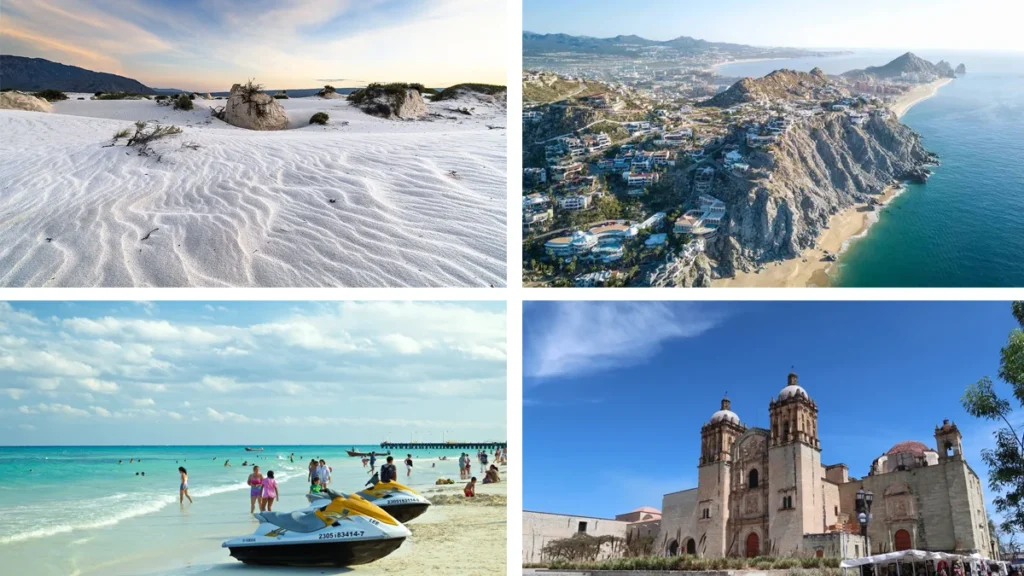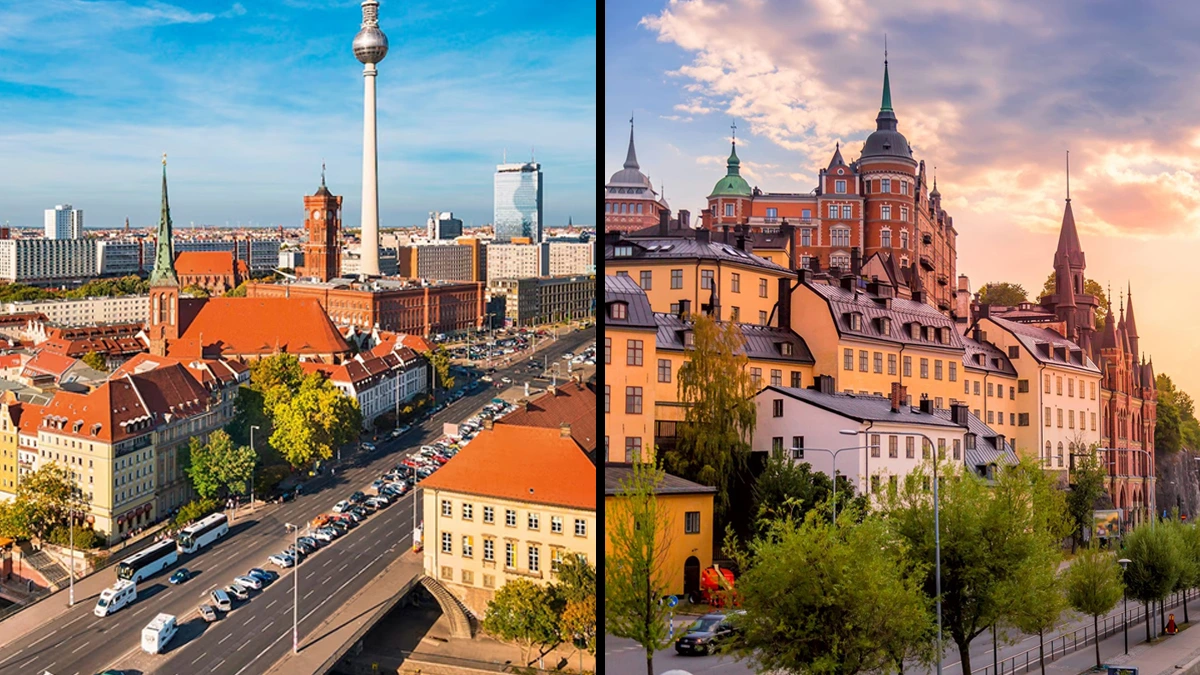
Some cities stand out for having extremely clean air in a world that gets more and more crowded. These cities have been awarded for their environmentally friendly policies, environmentally friendly initiatives, and commitment to encouraging sources of clean energy and reducing traffic. They enjoy reduced Air Quality Index (AQI) values as a result, which helps contribute to healthier cities. These cities offer a standard for environmental responsibility around the world by promoting environmentally friendly procedures, which encourage people to take their efforts towards cleaner, greener cities.
The ranking of the top cleanest cities in the world is based on key environmental parameters such as:
- Quality and availability of drinking water
- Recycling and waste treatment
- Quality of wastewater treatment systems
- Levels of air pollution
- Traffic flow
Top 10 Cleanest Cities in the World 2024
- Sydney, Australia | AQI: 10
- Auckland, New Zealand | AQI: 12
- Bratislava, Slovakia | AQI: 14
- Stockholm, Sweden | AQI: 17
- Oslo, Norway | AQI: 17
- San Francisco, USA | AQI: 20
- Berlin, Germany | AQI: 21
- Budapest, Hungary | AQI: 22
- Vancouver BC, Canada | AQI: 22
- Dublin, Ireland | AQI: 22
1. Sydney, Australia | AQI: 10

Sydney, Australia, is one of the cleanest cities in the world with an outstanding AQI of 10. It is situated near the coast, which supports the decrease in pollution and preserves clean air, helping to its very low pollution levels. Sydney has proactive steps to manage its clean air through environmental protection measures.
To decrease greenhouse gasses, the city makes investments in eco-friendly technologies like solar power and electric transportation. By offering more green space and acting as a filter for pollutants, Sydney’s large parks and nature maintains also contribute to the city’s air quality. Sydney has a clean and healthy environment for its citizens because of these proactive efforts and its natural resources.
2. Auckland, New Zealand | AQI: 12
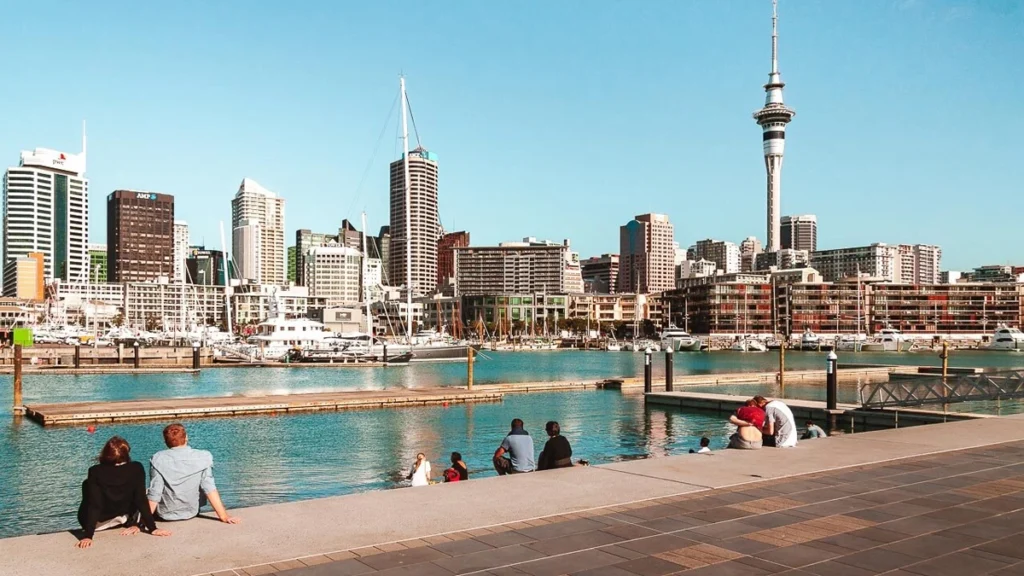
Auckland, which is in New Zealand, is known as one of the cleanest cities in the world because of its low AQI of 12. The city is supporting environmentally friendly transport, waste management, and clean technologies for renewable energy. Auckland maintains its green classification by finding a balance between social responsibility, economic development, and environmental protection.
Ecosystem-based adaptation (EbA), which supports ecological processes like water flows while preserving the environment, is one of the immediate tactics Auckland uses. The city provides a better, sustainable future through using nature as a security. Over the last thirty years, Auckland, which is surrounded by gorgeous natural scenery, has developed into a model of clean urban living due to its focus on the environment.
3. Bratislava, Slovakia | AQI: 14
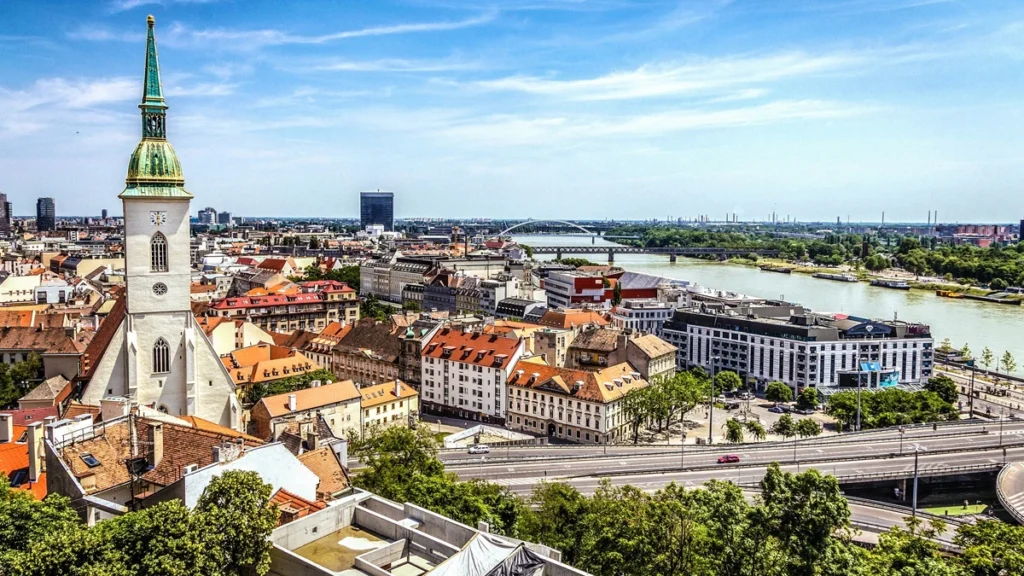
Slovakia’s Bratislava has a low AQI of 14 because of its strong dedication to green initiatives along with effective planning. The city has focused on sustainable development and pollution reduction to maintain the quality of the air. The development of eco-friendly transportation choices and sustainable energy solutions by Bratislava helps minimize the negative environmental impact of living in cities.
The city’s plan includes finding a balance between environmental preservation and economic growth while making sure that development does not damage the environment. In addition, Bratislava focuses a high value on green spaces and environmentally friendly solutions, which both enhance the aesthetics of the city and help to refine the air. As a result of these efforts, Bratislava is now among the cleanest cities in Europe, offering its citizens with a sustainable and healthy environment.
4. Stockholm, Sweden | AQI: 17
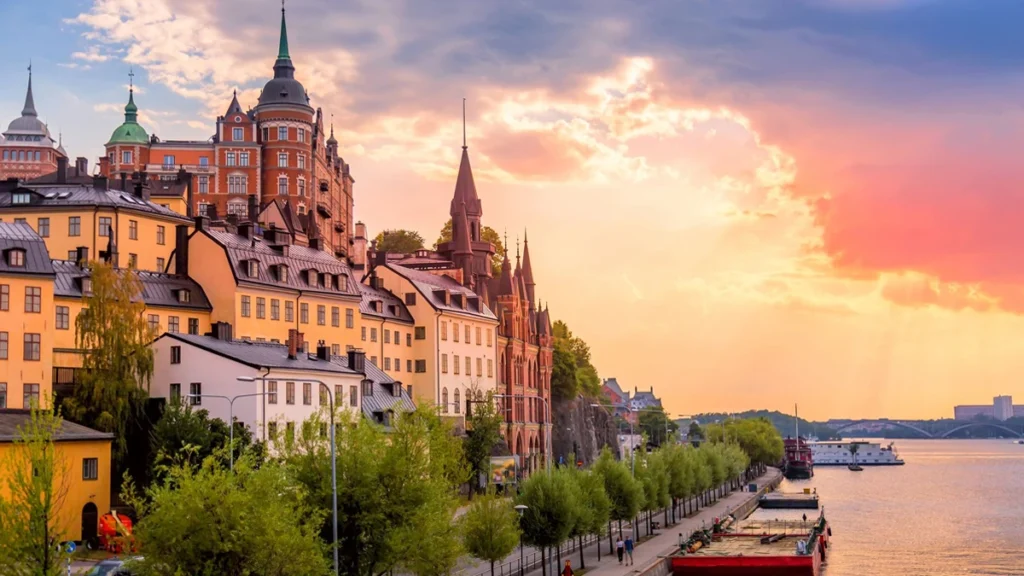
One of the cleanest cities in the world, Stockholm, Sweden, regularly maintains an AQI of 17. The city manages this by providing effective transportation options that lower vehicle emissions and by developing large green areas that grow air quality. With a large part of its electricity caused by hydroelectric, solar, and wind power, Stockholm is also a leader in the use of renewable energy.
Stockholm has strategically planned its city growth to minimize pollution and prioritize sustainability, in addition to its concentration on renewable energy. The city has nature in its planning, making sure there are lots of parks as well as other green areas that enhance the quality of life for citizens and benefit the environment. Stockholm is a brilliant example of how a modern city may grow and keep clean, healthy air because of its commitment to environmentally friendly techniques.
5. Oslo, Norway | AQI: 17

Oslo, Norway, has a low air quality index (AQI) of 17, mainly because of the widespread help of electric vehicles along with a dedication to sustainability. The city is among the cleanest in the world because of its focus on reducing pollution. Oslo encourages the use of electric vehicles, buses, and even ferries to reduce pollution and enhance air quality.
The city focuses great importance on sources of clean energy, such as hydropower, which supplies the majority of the city’s electricity. Also, Oslo has a large number of parks and green spaces that have contributed to the city’s enhanced air quality and offer a more healthy environment for its citizens. With its unique approach to green and clean transport, Oslo is setting the standard for a cleaner, healthier city for its citizens.
6. San Francisco, USA | AQI: 20

With an AQI of 20, San Francisco, USA, comes out for its dedication to maintaining good air quality despite its urbanization. By encouraging the use of electric vehicles, bicycles, and public transportation, the city aims to reduce emissions from vehicles. To lessen its carbon impact, San Francisco also makes investments in environmentally friendly technology, like wind and solar energy.
To do more to minimize pollution, the city additionally enforces strong environmental laws and encourages green development techniques. Because of its policy of sustainability and availability of green areas, such as Golden Gate Park, San Francisco offers visitors and residents alike a healthier urban environment and better air quality.
7. Berlin, Germany | AQI: 21
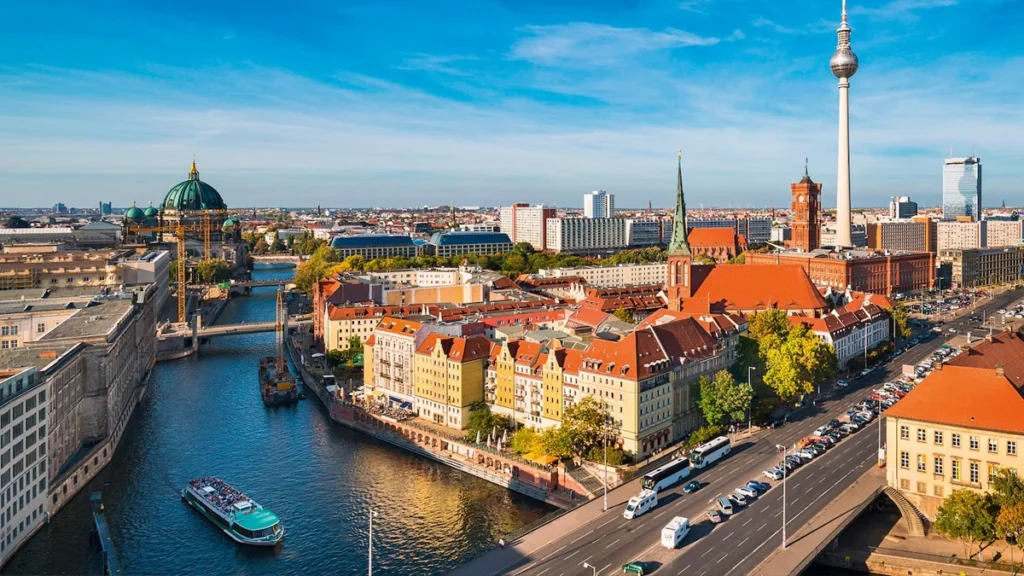
Berlin, Germany, is famous for its strong environmental rules that maintain the city’s clean air, as seen by its AQI of 21. The city encourages renewable energy, reducing pollution through the use of solar, wind, and other clean energy sources. To reduce vehicle emissions, Berlin has also introduced environmentally friendly transit choices, such as electric buses and an expansive system of bicycle lanes.
The city’s dedication to ecology can be seen by the green spaces it has developed and kept up, which have helped to give the population better living conditions and higher-quality air. Berlin keeps its position as one of the cleanest cities in the globe because of its focus on renewable energy and smart urban planning.
8. Budapest, Hungary | AQI: 22
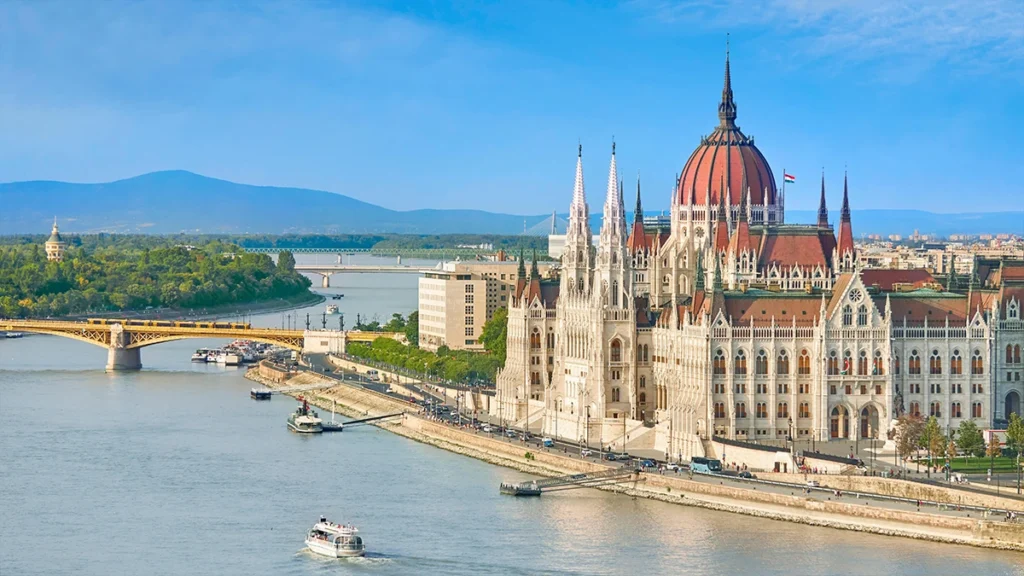
Budapest, Hungary, which has an AQI of 22, succeeds in striking a balance between the preservation of the environment and urban growth. To reduce the amount of automobile emissions, the city has implemented several green programs, including increasing bike lanes and encouraging greener modes of transportation like electric buses. Budapest is also increasing its green areas, which enhances the city’s air quality and provides citizens more access to the outside.
Budapest also makes investments in energy-efficient and green power technologies, which helps keep up a cleaner environment. As a result of these efforts, the city can sustain its growth while preserving high standards of air quality, making it one of Europe’s greener and more ecological cities.
9. Vancouver BC, Canada | AQI: 22
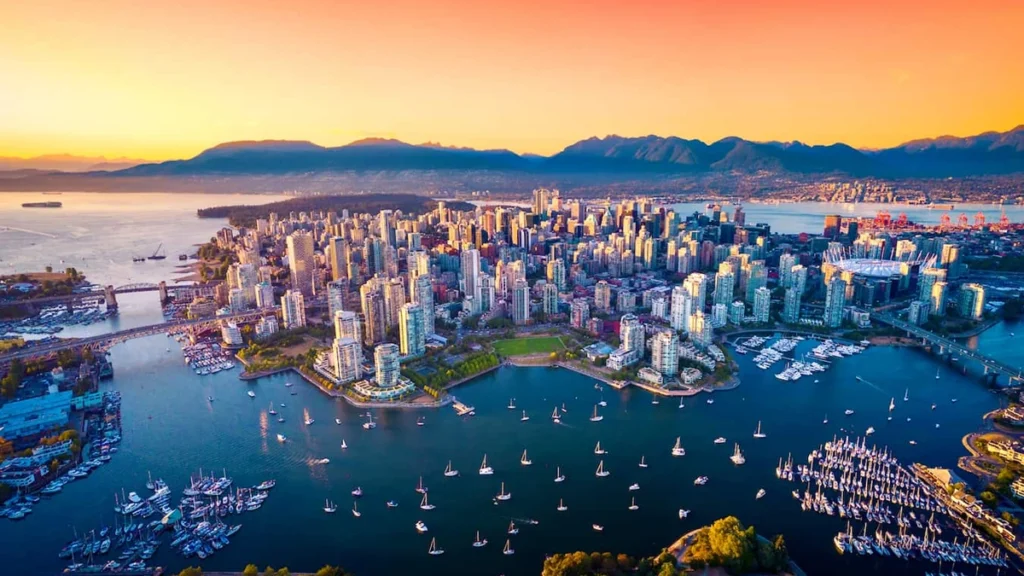
With an AQI of 22, Vancouver, British Columbia, Canada, is famous for its dedication to clean air and environmentally friendly growth. To reduce greenhouse gas emissions, the city has placed in place an effective green infrastructure, including energy-efficient buildings and many different public transit options. Vancouver additionally contributes to its clean atmosphere by promoting the use of sources of clean energy like hydroelectric and wind power.
In addition to these initiatives, the city focuses a high value on green areas, with parks and nature reserves providing important contributors to enhanced air quality. Vancouver ranks as one of the cleanest cities in the world because of its complete plan for reducing pollution and encouraging sustainability, which ensures a healthier, cleaner environment for its citizens.
10. Dublin, Ireland | AQI: 22
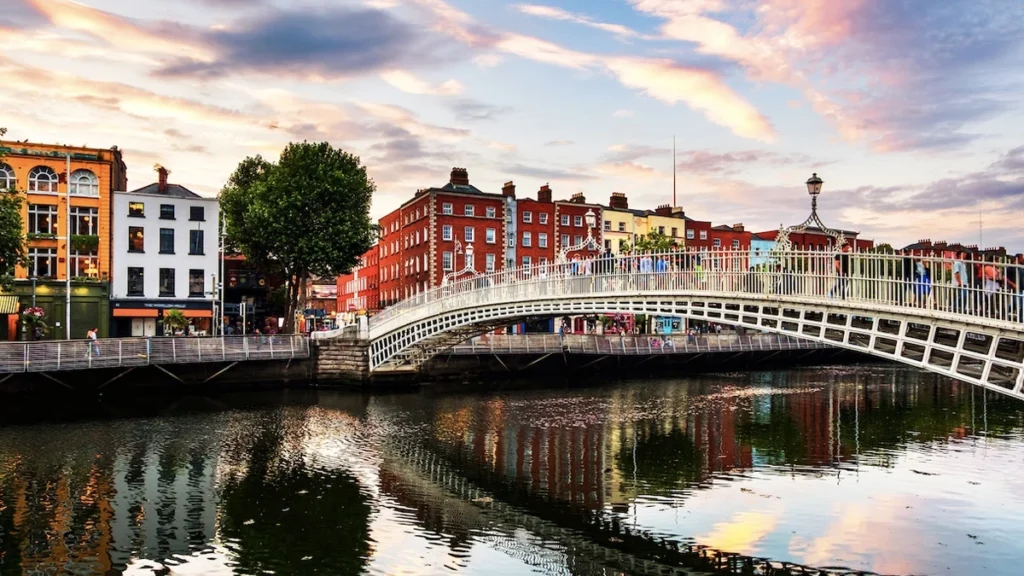
With a busy urban area, Dublin, Ireland, which has an AQI of 22, can maintain clean air. The city makes significant expenditures in transportation systems to encourage citizens to use their cars less and generate less pollutants. To minimize its impact on the environment while keeping a clean city, Dublin additionally places importance on efficient procedures for handling waste.
Dublin additionally supports renewable energy sources like solar and wind power to reduce its dependency on fossil fuels. The city ranks as the cleanest in Europe because of its commitment to sustainability, increasing green areas, and eco-friendly activities that provide a better quality of life for its citizens.
Also Read –
- Top 10 Best Things to Do in Oregon
- 15 Largest Antique Mall in Ohio
- Top 7 Things to Do in Salt Lake City
- Top 5 Best Things to Do in San Antonio
Conclusion:
These cities not only provide cleaner, healthier environments for their citizens but also help as global examples of how cities can succeed sustainably. By continuing to support and prioritize environmental industries, these cities encourage others to adopt similar practices and work towards a greener, more sustainable future.

